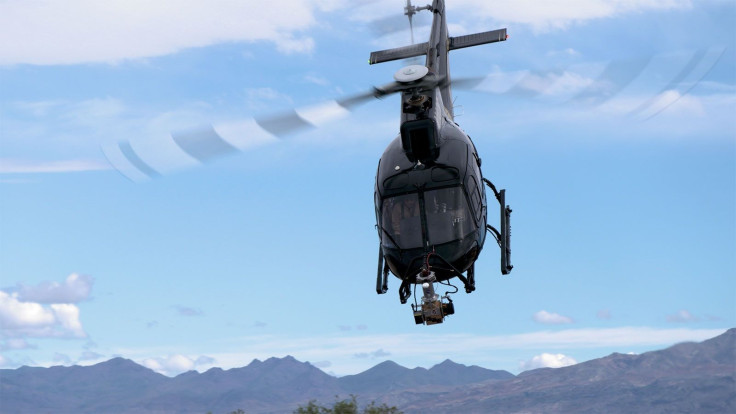NASA Had Helicopter Take A Nosedive For Mars 2020 Lander Test

In preparation for the upcoming launch of the Mars 2020 mission, NASA has begun carrying out a series of tests for the rover’s various components. This includes strapping the Lander Vision System (LVS) on the nose of a helicopter and subjecting it to various aerial maneuvers.
The space agency conducted the test in Death Valley, California. It was carried out using an Airbus helicopter piloted by a two-man crew, according to a press release by NASA.
For the test, an engineering model of the LVS was attached to the frontend of the aircraft. The helicopter then proceeded to follow a series of pre-planned flight paths, including death-defying nosedives.
The purpose of the test was to check if the LVS can still accurately collect and analyze data from its surroundings and the terrain below during flight. Making sure the LVS is functioning perfectly is vital since it is part of the Terrain-Relative Navigation (TRN), which will serve as guidance system for the Mars 2020 rover.
The rover is expected to be the first spacecraft in history that’s capable of retargeting its landing point as it descends. Due to certain factors such as communication delays and Mars’ rocky terrain, the rover needs to be smart and independent enough to identify a safe landing spot on its own, BGR reported.
The event at Death Valley was only one of the tests carried out by NASA for its Mars 2020 rover. Earlier this week, the space agency subjected the spacecraft to space-like conditions through its acoustic and thermal vacuum testing method at the Jet Propulsions Laboratory (JPL) in Pasadena, California. It was done to test how the spacecraft will perform under the harsh conditions of space.
“First we blast it with sound to make sure nothing vibrates lose,” David Gruel, the operations manager for the Mars 2020 assembly, launch and test procedures said in a statement. “Then, after a thorough examination, we ‘put it in space’ by placing the spacecraft in this huge vacuum chamber we have here at JPL.”
The Mars 2020 mission is scheduled to launch on July 17, 2020. The spacecraft is expected to land on Mars by February 2021.

© Copyright IBTimes 2025. All rights reserved.




















